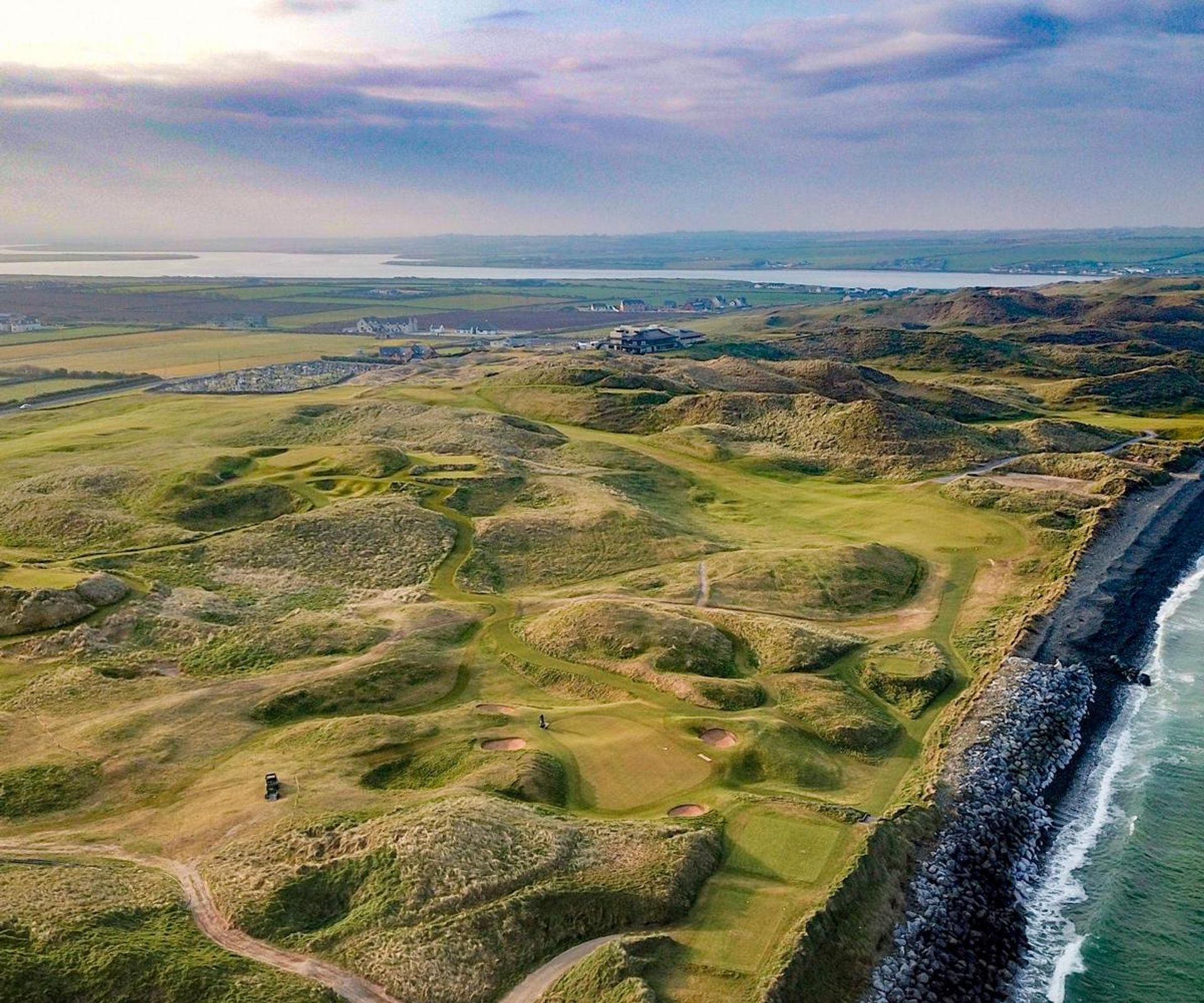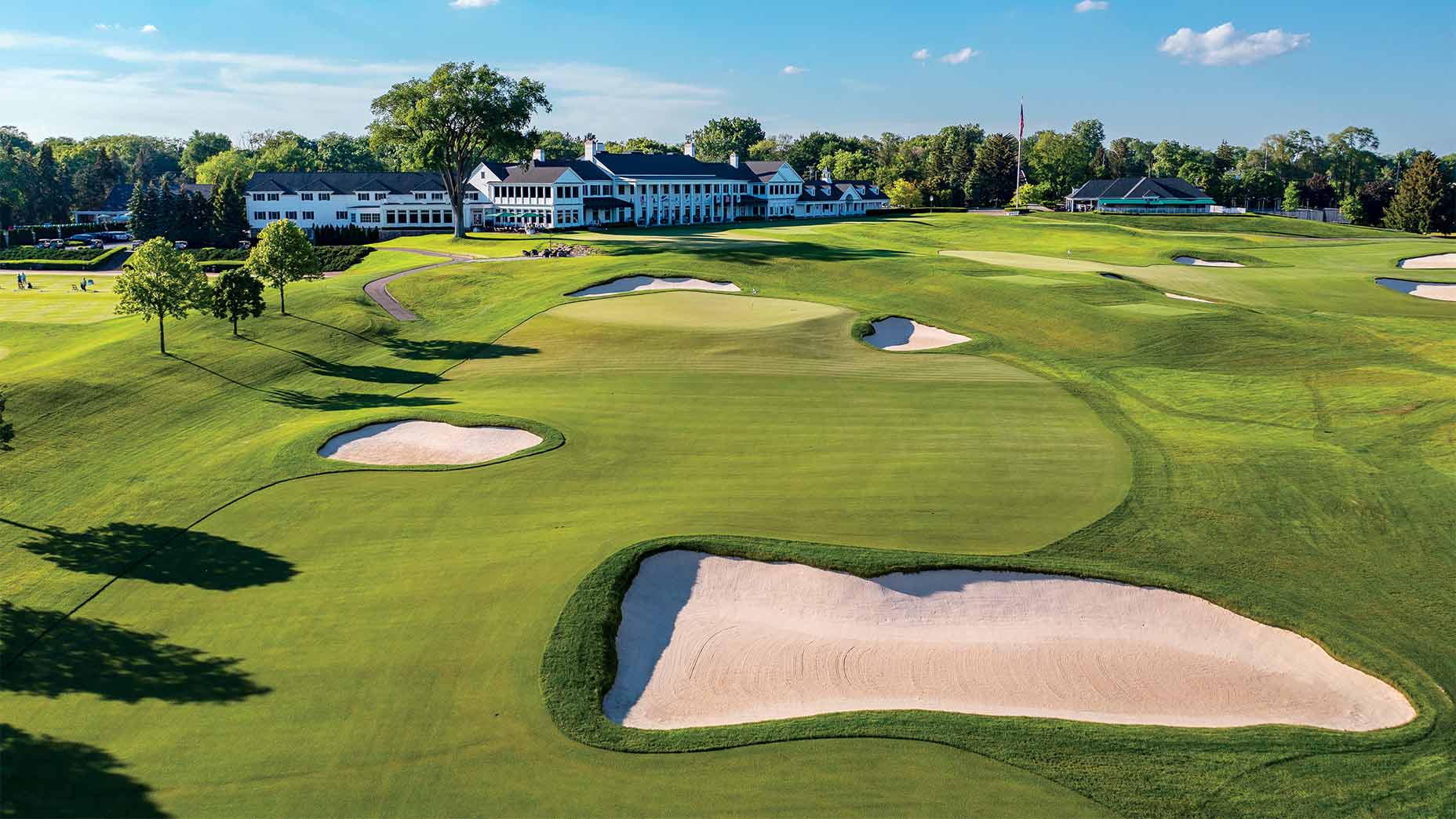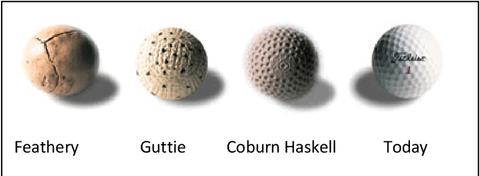Golf isn't just a game of clubs and balls; it's also profoundly influenced by the landscape. The type of golf course on which you play can significantly affect your game, tactics, and enjoyment. From the rolling dunes of a links course to the manicured elegance of parkland settings, each type offers unique challenges and aesthetics. Let's delve into the different types of golf courses and explore what makes each one special.
1. Links Courses

Originally developed in Scotland, the home of golf, links courses are the oldest style of golf course. They are typically located along coastal areas, with sandy soil and few water hazards. The defining characteristics of links courses are their open, windy settings with few trees, deep bunkers, and rolling fairways. Playing on a links course requires a strategic approach to deal with natural elements like strong winds and firm ground, leading to a game that emphasizes ground play over air shots.
2. Parkland Courses

Contrasting sharply with the sparse landscape of links courses, parkland courses are lush and well-manicured, often located inland. They feature rich, verdant fairways and are usually surrounded by trees. Parkland courses are what many envision when they think of classic golf courses—think of Augusta National. These courses typically have softer, more fertile soil, and the game here relies more on aerial shots due to the plush grass and strategic tree placements.
3. Heathland Courses

Heathland courses strike a balance between links and parkland types. Found mainly in Britain, these courses are located on sandy soil like links but are often inland and feature areas of heather and gorse. They generally offer a more sheltered playing environment compared to links courses but maintain the natural and wild aspects that require thoughtful navigation.
4. Desert Courses

Popular in the American Southwest, desert golf courses are built on sandy terrain devoid of lush greenery, using the natural arid environment as the backdrop. These courses often have turf only in necessary areas, with the rest left as natural sand, rocks, and cacti. Playing on a desert course requires careful management of water and understanding how the ball interacts with the different types of terrain.
5. Executive and Par-3 Courses

Designed for a shorter game, executive courses usually consist of more par-3 and par-4 holes, making them ideal for beginners or those looking for a quick round. Par-3 courses, comprising only par-3 holes, focus on improving the short game and are excellent for practicing precision and approach shots.
Influence of Grass Types on Play

The type of grass on a golf course also significantly affects play. For example, Bermuda grass, common in warmer regions, creates a fast-playing surface that can be tricky to manage in the heat. In contrast, Bentgrass, found in cooler climates, allows for a smooth, fast putting surface, ideal for fast greens. Understanding the grass type can help golfers adjust their play style—whether that means altering putting speed or deciding when to carry the ball versus allowing it to roll.
The Impact on Your Game
Every golf course type presents unique challenges. Links courses demand creativity and resilience against the elements. Parkland courses require precision and a strong aerial game. Desert and heathland courses test your adaptability and strategic thinking. By understanding the characteristics of each type of course, golfers can better prepare for and appreciate the challenges they face, leading to more enjoyable and successful rounds.
Whether you're a seasoned pro or a casual weekend golfer, exploring different types of golf courses can enrich your experience of the game. Each course tells a story, not just through its layout but through its interaction with the natural environment, promising a diverse and engaging golf adventure wherever you play.




